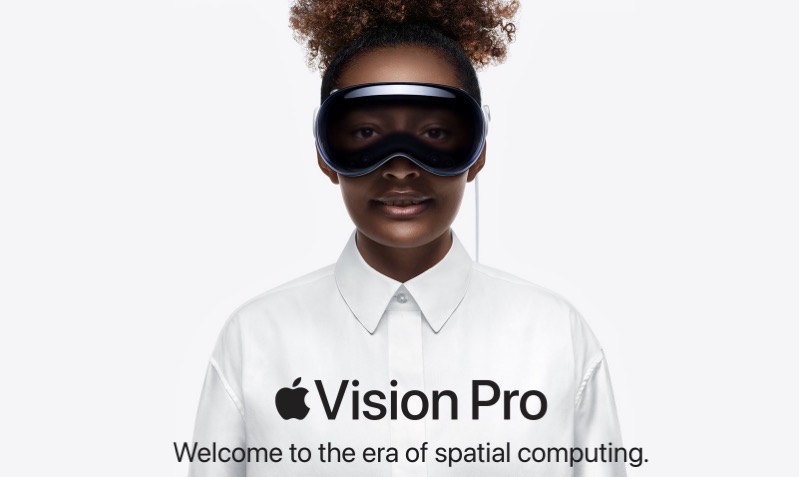
Apple’s Vision Pro Faces Hurdles with Third-Party App Support
Apple’s newest product, its expensive Vision Pro headset, is encountering challenges in getting support from major third-party apps and services.
That’s according to Bloomberg’s Mark Gurman, pointing out that major streaming services such as Netflix, YouTube, and Spotify are reluctant to launch visionOS apps or adapt their iPad apps for the Vision Pro.
This hesitance marks a significant shift from the past, where high-profile developers quickly embraced new Apple platforms. The iPhone and iPad App Stores flourished with new titles shortly after their launch, supporting millions of apps. However, the Vision Pro’s journey might be different.
The device’s launch coincides with a sensitive period for Apple and its developers, who have expressed dissatisfaction with App Store policies, particularly the new approach to external payment processing while still incurring up to a 27% commission to Apple. Spotify has openly criticized this policy, accusing Apple of protecting its profits at the expense of developers and consumers.
Despite Apple’s claim that the Vision Pro will support over 1 million apps, including offerings from Disney, TikTok, Amazon, and Paramount, it is speculated that most of these are iPad versions rather than new software designed for visionOS. Developers have the option to opt-out of the Vision Pro App Store, as Netflix, Spotify, and YouTube plan to do.
Apple itself has not even fully optimized its own apps for the Vision Pro. Key apps such as Podcasts, News, Calendar, and Reminders will be in iPad versions without redesigned interfaces.
Several factors contribute to the lukewarm response from developers. The cost of building software and the return on investment is a primary concern. Additionally, some developers are unhappy with Apple’s App Store policies and practices, which have attracted regulatory scrutiny.
The mixed-reality environment of the Vision Pro, relying on eye movement and hand gestures, poses challenges for certain applications, particularly games best played with VR hand controllers, a feature the Vision Pro lacks.
The Vision Pro’s high price and expected low volume sales further dampen developer enthusiasm. Apple’s initial inventory sold out quickly, but the estimated annual sales figures do not promise a substantial user base for developers, especially considering Apple’s cut from paid apps and services.
Developers like Paul Haddad and Aaron Vegh have expressed disinterest or skepticism about the Vision Pro’s potential. Winning over gamers remains a significant challenge, given the device’s interface limitations with popular VR games and preference for motion-based hand controllers, which Apple has rejected.
Despite these challenges, some companies like Salesforce’s Slack, Microsoft, Zoom, and Box are developing apps for the Vision Pro. The success of these ventures and the potential addition of more developers remain critical for the Vision Pro’s future in the competitive tech market.
Apple’s Vision Pro will launch on February 2, 2024. It’s only available in the U.S. for now, but is rumoured to expand to Canada later this year.


